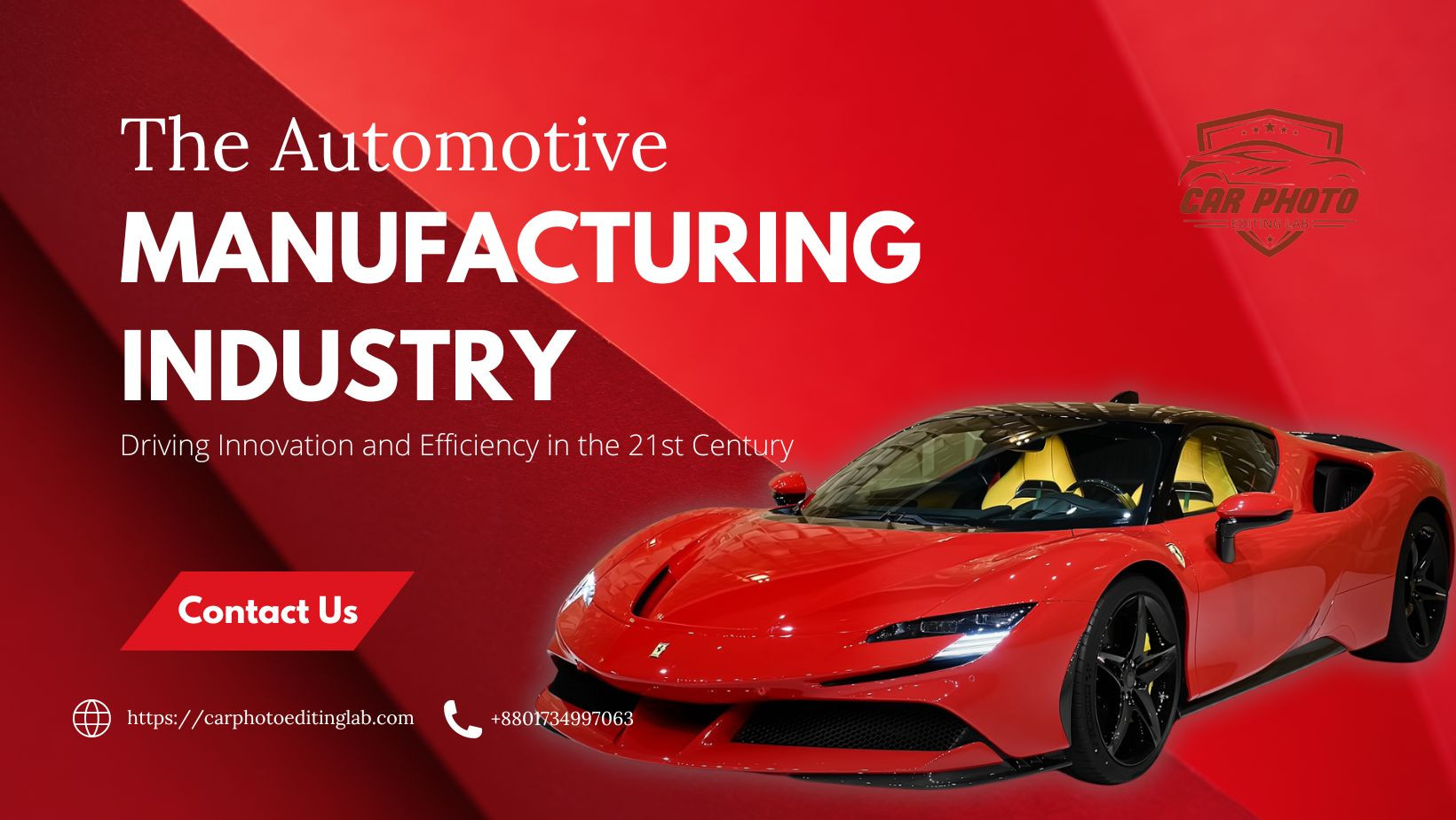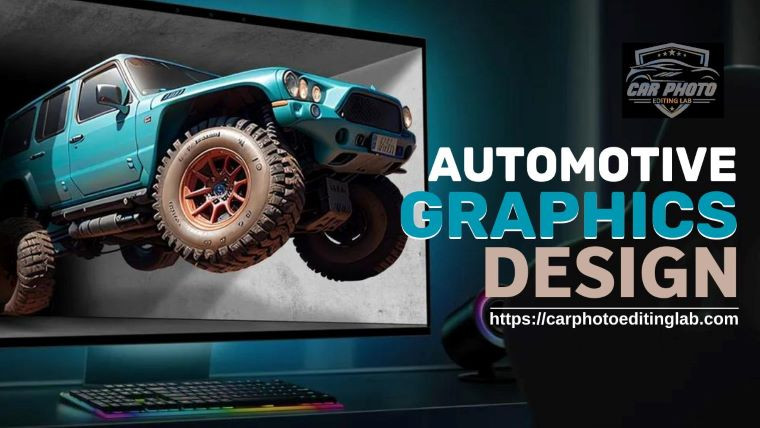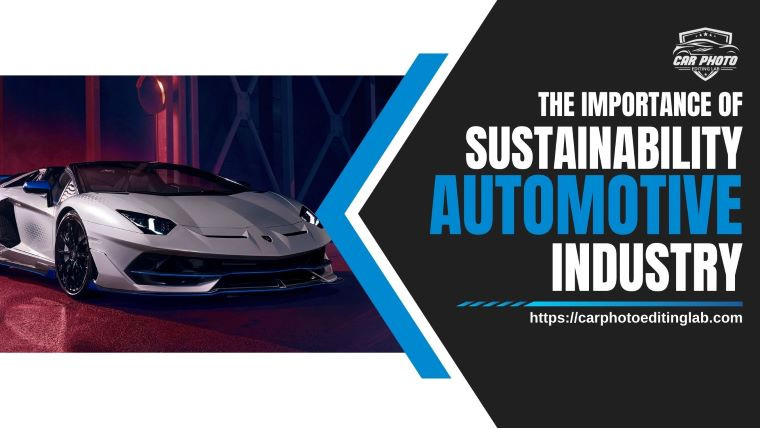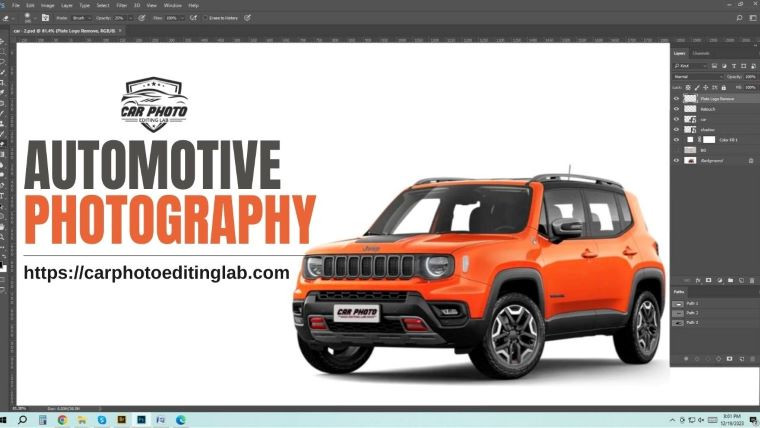-
Contact us with Whatsapp:
+8801734997063 -
Mail Us:
[email protected] -
Service Hours
24/7
What are the basics of image editing?

Apr 2024
- 01 Apr 2024
- Business Solution
- 0 Views
What are the basics of image editing?
In today's visually driven world, image editing has become an indispensable skill for various fields ranging from photography and graphic design to social media management and marketing. Image editing involves the manipulation and enhancement of digital images to achieve desired aesthetics, convey messages, or meet specific requirements. Whether you're a professional photographer, a social media influencer, or simply an enthusiast looking to improve your photos, understanding the basics of image editing is essential.
At its core, image editing encompasses a wide range of techniques and tools aimed at altering and refining digital images. From correcting exposure and color balance to removing imperfections and adding creative effects, mastering these fundamentals empowers individuals to transform ordinary photos into captivating visuals. In this introductory overview, we'll delve into the key principles and techniques that form the foundation of image editing, providing insights into essential concepts, software tools, and workflow considerations. Whether you're a novice seeking to dip your toes into the world of image editing or an experienced practitioner looking to deepen your understanding, this guide will serve as a valuable resource to kickstart your journey towards creating stunning visuals.
Five basic techniques for car image editing
Basic car image editing techniques involve color correction for vibrant hues and accurate representation, as well as background removal to isolate the vehicle and enhance visual impact. Additionally, shadow enhancement and imperfection removal are crucial for creating polished and professional-looking car images suitable for marketing materials and promotional content.
Here are five basic techniques for car image editing:
Color Correction and Enhancement: Car Color correction and enhancement are fundamental techniques in car image editing, crucial for ensuring accurate representation and visual appeal. Color correction involves adjusting various parameters, such as color temperature, saturation, and hue, to achieve a natural and balanced look in the image. This process is particularly important in automotive photography, where an accurate depiction of the car's paint color and finish is essential for marketing and promotional purposes. Enhancing colors can also play a significant role in making car images more visually striking. By selectively boosting certain colors or adjusting contrast, photographers can emphasize the vibrancy of the vehicle's paint job, making it more eye-catching to viewers. For example, enhancing the richness of red on a sports car or deepening the shine of metallic finishes on luxury vehicles can elevate the overall visual impact of the image. Moreover, color correction and enhancement contribute to maintaining consistency across a series of car images, ensuring that they align with the brand's identity and desired aesthetic. Whether it's for online listings, print advertisements, or social media posts, properly corrected and enhanced colors can make a significant difference in capturing the attention of potential buyers and creating a positive impression of the vehicle.
Background Removal and Replacement: Background removal and replacement are essential techniques in car image editing, enabling photographers to isolate vehicles and create visually compelling compositions. This process involves carefully selecting and removing the background surrounding the car, allowing for the placement of the vehicle against a different backdrop, or eliminating distracting elements from the scene. Whether it's for marketing materials, advertisements, or creative projects, background removal offers flexibility and creative freedom in showcasing cars in various settings and environments. Replacing the background allows photographers to tailor the visual presentation of the car to specific contexts or target audiences. For example, placing a rugged SUV against a backdrop of rugged terrain can evoke a sense of adventure and outdoor exploration, while a sleek sedan against a city skyline may convey sophistication and an urban lifestyle. By selecting backgrounds that complement the car's features and appeal to its target demographic, photographers can create compelling visuals that resonate with viewers. Furthermore, background removal and replacement can help highlight the key features and design elements of the car, drawing the viewer's attention to its distinctive characteristics. Whether it's emphasizing the sleek lines of a sports car or showcasing the spacious interior of a family vehicle, this technique allows photographers to create visually impactful images that effectively communicate the car's unique selling points.
Shadow and Reflection Enhancement: Shadow and reflection enhancement are vital techniques in car image editing that add depth, realism, and visual appeal to photographs. Shadows cast by the car contribute to its grounding in the scene and provide a sense of three-dimensionality, while reflections highlight its glossy surfaces and enhance its overall appearance. In image editing, adjusting the opacity, direction, and softness of shadows can make them appear more natural and realistic, ensuring they complement the lighting conditions of the scene. By refining shadows, photographers can create a cohesive and immersive visual experience that draws viewers into the image. Similarly, enhancing reflections on the car's surface can elevate the image's quality, making it appear more polished and professional. By selectively enhancing reflections, photographers can accentuate the car's curves and contours, highlighting its design features and enhancing its aesthetic appeal. Furthermore, shadow and reflection enhancement can be used strategically to create dynamic compositions and emphasize specific aspects of the car. Whether it's showcasing the sleek lines of a luxury sedan or highlighting the ruggedness of an off-road vehicle, these techniques allow photographers to capture the essence of the car and evoke the desired emotions in viewers. Overall, shadow and reflection enhancement play a crucial role in elevating car images and creating captivating visuals that leave a lasting impression.
Removing Imperfections and Blemishes: Removing imperfections and blemishes is a fundamental technique in car image editing, essential for ensuring that the vehicle appears flawless and visually appealing. Imperfections such as dust, scratches, or minor dents can detract from the car's overall presentation and may give the impression of neglect or poor maintenance. In image editing, techniques like spot healing, cloning, and content-aware fill are commonly used to remove these blemishes and restore the car's pristine appearance. Spot healing allows for the quick removal of small imperfections by intelligently blending surrounding pixels to conceal them seamlessly. Cloning involves copying a clean area of the image and using it to cover up imperfections, while content-aware fill analyzes the image content and fills in selected areas with similar texture and color. By meticulously removing imperfections and blemishes, photographers can ensure that the focus remains on the car's design, features, and overall aesthetic appeal. This process not only enhances the visual presentation of the vehicle but also reflects attention to detail and professionalism, making it more enticing to potential buyers or enthusiasts. Whether it's for marketing materials, online listings, or personal portfolios, removing imperfections is a crucial step in creating polished and high-quality car images that leave a positive impression on viewers.
Detail Enhancement and Highlighting: Detail enhancement and highlighting are essential techniques in car image editing that accentuate the vehicle's features and elevate its visual appeal. By selectively sharpening and enhancing specific areas of the image, such as the headlights, grille, or interior details, photographers can draw the viewer's attention to the car's unique design elements and craftsmanship. In image editing, techniques like dodging and burning are commonly used to add depth and dimensionality to car images. Dodging involves selectively lightening areas of the image to enhance highlights and create a sense of brightness and clarity, while burning darkens areas to add depth and contrast. These techniques allow photographers to sculpt light and shadow, emphasizing contours and enhancing texture for a more dynamic and engaging presentation. Highlighting key features of the car through detail enhancement can help convey its quality, performance, and desirability. Whether it's showcasing the intricate stitching of the leather seats, the chrome accents of the dashboard, or the sleek lines of the bodywork, these techniques allow photographers to capture the essence of the car and evoke a strong emotional response in viewers. Detail enhancement and highlighting play a crucial role in creating captivating car images that stand out and leave a lasting impression. By carefully enhancing the vehicle's features, photographers can effectively communicate its unique selling points and appeal to potential buyers or enthusiasts. By mastering these basic techniques, you can effectively enhance car images to create captivating visuals that showcase the vehicle's features and appeal to potential buyers or enthusiasts. Whether you're editing photos for automotive advertisements, car magazines, or personal projects, understanding these fundamental techniques will enable you to achieve professional-looking results that stand out from the crowd.
























0 Comment